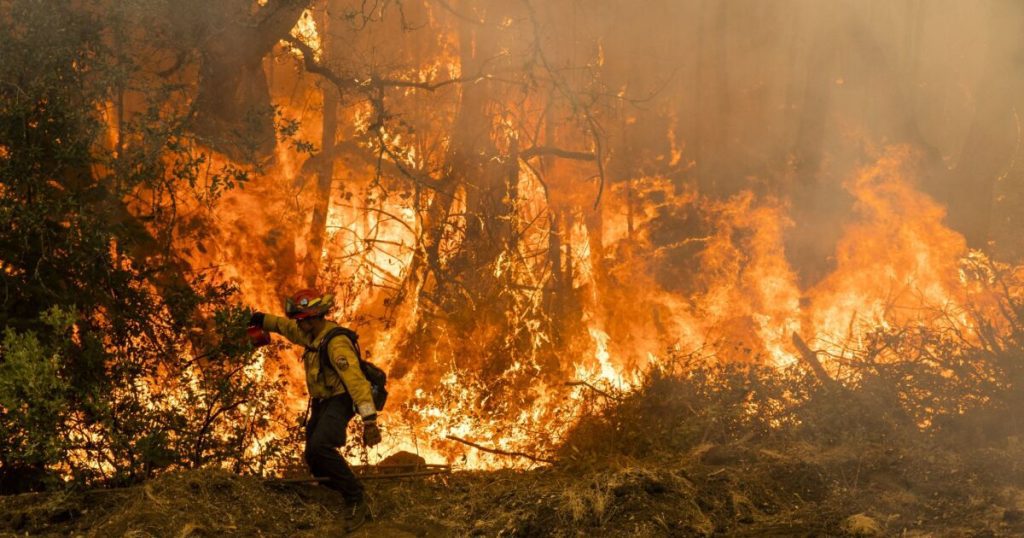CSAA partners with ZestyAI on wildfire risk assessment model

CSAA Insurance Group announced a partnership with ZestyAI, an AI-powered provider of climate risk and property solutions, to leverage the Z-FIRE wildfire risk assessment model with CSAA’s underwriting and rating capabilities for homeowners’ insurance. CSAA plans to extend availability of the model to all of the organization’s wildfire-prone states as wildfires continue to destroy properties, especially in Western states.
“Our goal is to continuously find better ways to serve our policyholders,” Rick Lanter, senior vice president of product strategy and development for CSAA Insurance Group, says in a press release statement. “By broadening our understanding and application of AI, we expect to more accurately estimate wildfire risks in support of our customers.”
ZestyAI’s Z-FIRE product is an AI model of trained self-learning algorithms that use aerial imagery to recognize property-specific risk factors and draws loss history information from a database of over 1,500 wildfires and wildfire losses. Traditionally, risk models involve an analyst assessing risk through a high-resolution aerial image of a property.
“But this is the exact thing that we do with machine learning [and] computer vision, where we train an algorithm to do the job at infinite scalability,” ZestyAI’s founder and CEO, Attila Toth, explains in an interview with Digital Insurance. “We can unleash the algorithm on 10 million California properties, and, in a few hours, the algorithm scores every single property for those risks.”
According to Toth, ZestyAI’s machine learning risk assessment model is more property-specific when compared to traditional underwriting models.
“Traditional models are like maps. Risk is spread across large regions, so they’re not property specific,” says Toth.
The Z-FIRE product shows a high-resolution aerial image of an exact property, including surrounding or overhanging vegetation as well as distance of the property to previous wildfires. According to a joint study from ZestyAI and the Insurance Institute for Business and Home Safety (IBHS) that studied over 71,000 properties, “having heavy vegetation (including bushes, trees, and shrubs) immediately around your home can nearly double the chance of destruction,” from wildfires and homeowners that remove fuel from around their home reduce their chances of property destruction by 50%.
“What we have built is what, we believe, is the largest wildfire loss database in the world. We have taken 1,500 wildfires, we unleashed algorithms and we looked at every single loss – partial loss, full loss, no loss,” Toth explains. “We understand what damage those wildfires have created to a very detailed level. Historical models are not based on those losses.”
Z-FIRE is also a predictive model, where its algorithms can compare loss information with large amounts of historical loss data to then project the destruction of a property in the event of a wildfire.
“This is based on a machine learning model versus a statistical equation. Traditional models are… very limited in how many outputs they can take and [use] very rigid statistical regression equations,” Toth states. “[Z-FIRE] is a multivariate analysis where the computer can think in a million dimensional ways – a lot more possibilities, a lot more accurate in its power.”



